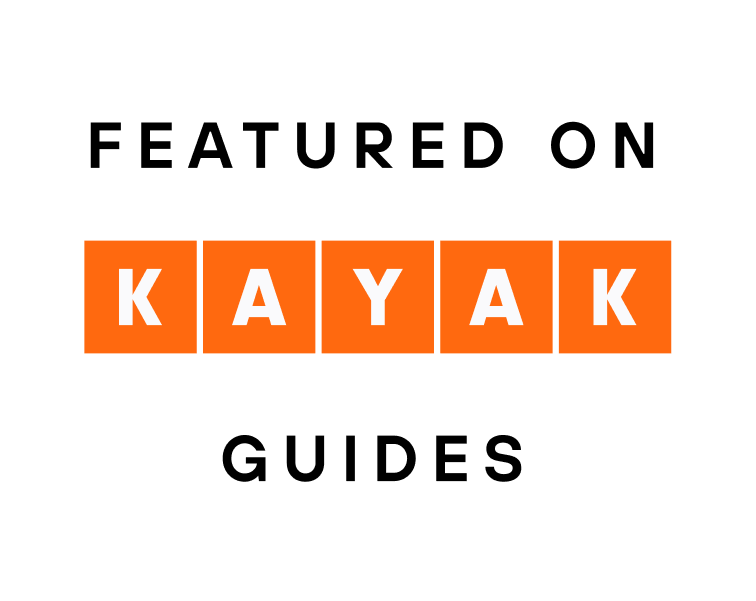 I’m not a section hiking pro. I’ve done 3/4 of the Appalachian Trail as a section hiker so I guess you could say I’m three quarters of a pro.
I’m not a section hiking pro. I’ve done 3/4 of the Appalachian Trail as a section hiker so I guess you could say I’m three quarters of a pro.
But I have done a lot of thru-hiking besides the AT, spent a lot of time on trails with Jennifer and our two kids, and have written a couple of books. I’ve also been around and listened to people more knowledgeable and experienced than I am- which is what you’re doing here so good for you!
To that end, before you go further I suggest putting this article down and picking up Warren Doyle’s one page “book” on thru-hiking. You will learn more from that about what to expect and how to stay positive- which is the most important thing for completing a long distance trail and accomplishing your life goals in general- than anything. So follow this link.
Now, let’s start with the positives…
Section hiking provides immense flexibility as far as a) which season you hike in, b) which direction you go, c) not having to travel in a sequential path, d) hiking in the “bubble” of thru-hikers hiking north in the spring or not, and e) not requiring 4 to 6 months to complete a thru-hike, which many of us in the middle of our lives don’t have.
From there, I would recommend creating a game plan, one that will depend on the following variables…
1. How close do you live to the trail?
The closer you live to it, the shorter your trips can be, though I wouldn’t recommend section hikes less than 4-5 days (unless you stay in very good shape) because it takes that long just to get in “trail shape.” And trail shape is different than gym shape or track shape or “I hike three miles a day on the lake around my house” shape. And you don't want to go home right when your legs and feet and shoulders are breaking in.
If you live on the West Coast, the Plains states, etc. you’ll probably want to hike at least a week or two at a time to save money on travel, in addition to breaking your legs in.
2. Do you want to hike solo, as a duo or more?
Duo or maybe trio would be easier logistically than a big group, which I wouldn’t recommend. If you’re hiking with a friend or two, you should go into it remaining flexible and understanding there’s a chance you may not finish your section hike together. Life happens and injuries happen and things happen that will change your plans. But if you anticipate that before even getting started it will be easier for all of you to pivot.
Solo’s easiest, of course. But if you hike solo and you’re an extrovert- especially one hiking out of season (that is, when there aren’t many others on the trail)- there will be growing pains. It can be jarringly quiet. Actually, not quiet at all because of the birds and the wind and all manner of noises. But void of human noises, which we’re used to. If you are hiking solo, I recommend giving yourself small rewards- music for an hour here or there, a podcast, candy to suck on on uphills, chewing gum ( let’s just say orbit sweet mint because there IS no other gum besides that).
If you are hiking solo, I also recommend hiking light. I mean, you should always hike light but particularly when you are hiking solo because you will be carrying everything by yourself without being able to share things like a tent, a stove, or a battery recharger with your homie.
Speaking of stoves, I would recommend not bringing one and just eating snack-style trail food. You can always get warm food in town. But if you really like hot food at night then certainly bring a stove because that is a reward. :-)
3. The last big factor for section hiking is fitness and training.
You should certainly plan on training for a section hike three or four weeks in advance. Start small and find some hills to climb and carry a somewhat heavy pack. I once met a guy from Chicago who climbed up and down the local landfill. Not joking. It was the only elevation he could find. And you know what? He completed his thru hike. But don’t overdo it or you will risk injury.
The same goes once you get on the trail. Depending on your fitness level I would not recommend hiking more than 2/3 or 3/4 of your optimum mileage per day on the first day or two or even three. You can work your way up incrementally and hit your ideal mile per day average by the fourth or fifth day.
I would also recommend hiking the tougher sections of the trail like the White Mountains and Western Maine and perhaps the Smokies before you get too old. I will let you decide what age that is. :-) But it will certainly be easier mentally (and physically) if you get the tougher sections out of the way.
 Last thing: the trail will almost always be tougher than you think. Every time I go out there I come back and jokingly tell my wife, “that trail is HARD!” Which of course she knows because she set the fastest known time on it and has completed it three times now.
Last thing: the trail will almost always be tougher than you think. Every time I go out there I come back and jokingly tell my wife, “that trail is HARD!” Which of course she knows because she set the fastest known time on it and has completed it three times now.
But every time I go out it strikes me how challenging the Appalachian Trail is. Maybe it is just because it is fresh on my mind, but two days ago I completed the Grand Canyon Rim to Rim to Rim, 44 miles across the canyon and back with 15,000 feet of elevation gain and in 107° heat, in one day.
Two weeks ago I did a 39 mile day on the Appalachian Trail in Georgia. Granted, I carried a pack for the first 25 of those miles. But hands-down I would say those 39 miles on the Georgia AT were tougher than the Rim to Rim to Rim. Even with the Arizona heat. And Georgia is easy compared to a lot of the AT.
The Appalachian Trail is incredibly challenging, but also incredibly rewarding. I’m excited for those of you considering a section hike and I wish you all the best!








